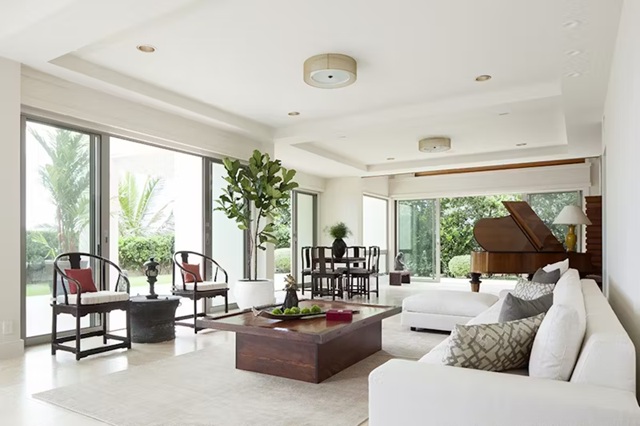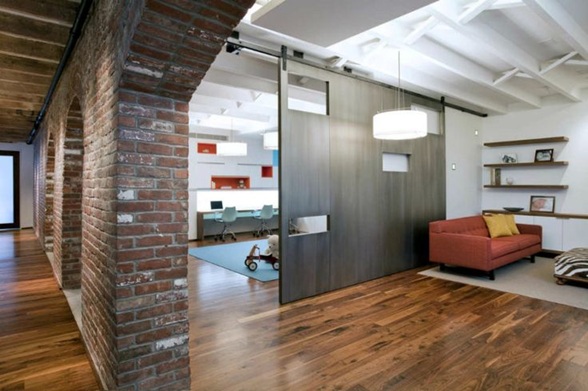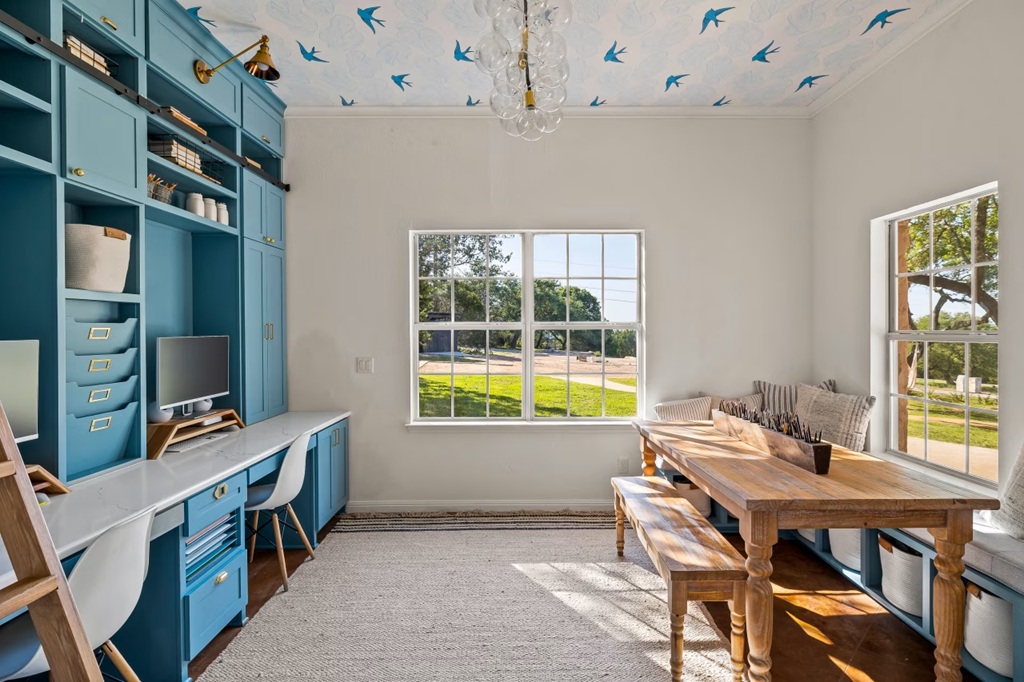Creating a calm corner for children isn’t about aesthetics—it’s about offering a dedicated space where kids can pause, breathe, and self-regulate. In today’s overstimulated environments filled with digital noise and constant activity, calm corners are becoming essential in modern parenting. These stillness spaces help kids of all ages process emotions, reset after meltdowns, and learn to manage their mental well-being with independence.
Why Children Benefit from Calm Corners
Children, just like adults, can feel overwhelmed. Whether it’s school stress, overstimulation from screens, or struggles with big emotions, they often lack tools to cope in the moment. Calm corners offer a non-punitive alternative to traditional time-outs. They support emotional regulation, particularly for children who are anxious, sensitive, or neurodivergent. For those with ADHD or sensory processing issues, having a predictable, quiet space can drastically improve their emotional control and reduce behavioral flare-ups.
Finding the Right Spot
The best location for a calm corner is one that offers a break from household hustle. Choose low-traffic areas like a bedroom nook, a corner of the living room, or even under a staircase. The space should be free of distractions and not too close to noise sources like the TV or kitchen. Natural light helps, but if unavailable, soft lamps or string lights can create a cozy atmosphere. Ensure good airflow and avoid placing the corner near strong-smelling cleaning supplies or garbage bins that may affect a child’s sensory comfort.
Essentials of a Calm Corner
A child-friendly calm space should include:
- Soft seating: bean bags, floor cushions, or child-sized armchairs.
- Gentle textures: tactile elements like weighted blankets, soft rugs, or plush toys can be grounding.
- Calm colors: muted tones like sage green, light blue, or beige are ideal. Avoid high-contrast patterns or bold colors that might stimulate rather than soothe.
- Defined space: use curtains, bookshelves, or room dividers to create a visual and physical boundary.
All materials should be safe, child-proof, and tailored to the child’s age and mobility.
Supportive Tools to Include

Calm corners are most effective when equipped with tools that promote emotional awareness and sensory balance. These can include:
- A calm-down kit with fidget toys, squishy balls, or a sensory bottle.
- Emotion cards that help children name what they’re feeling.
- Picture books that explore emotions in a gentle, relatable way.
- A breathing board or visual cue for deep breathing exercises.
- Journals, if the child is old enough to write or draw.
Some families include headphones with calming music, simple puzzles, or soft timers that help children set a limit without feeling rushed.
Teaching Children to Use the Space
Calm corners are not punishment zones. To make them effective, explain their purpose clearly. Let your child know this is a space to feel safe, calm down, or take a break—not a place where they’re sent when they’ve “been bad.” Use the corner with them at first to model how it’s used, and praise them when they use it on their own. If possible, involve the child in decorating or stocking the space to create a sense of ownership and trust.
Customizing by Age Group
Younger children (ages 2–5) benefit from visual supports, touchable items, and a parent’s close guidance. Think soft picture books, oversized pillows, and clear images of emotions. For school-age kids (6–10), include activities they can do independently, like drawing pads or DIY stress-relief crafts. Tweens and teens might prefer more grown-up features like an essential oil diffuser, comfortable seating, or a whiteboard to vent thoughts.
Portable and Shared Calm Spaces
Not every home has the luxury of extra space, but calm corners can still work with a portable setup. A calm tote or bin filled with fidgets, a blanket, and calming tools can be taken from room to room. In homes with multiple children, a shared space can be created with clear turn-taking rules or small, individual calming kits labeled by name. Outdoors, consider a hammock on the balcony or a soft bench in the garden for a change of scenery.
Maintaining and Refreshing the Area
Over time, children’s preferences and needs change. Revisit the corner every few weeks to rotate items, remove broken tools, and add age-appropriate materials. If your child avoids the space, ask why—it might need brighter lighting, more privacy, or different sensory inputs. Cleanliness is also important: wash blankets regularly, wipe down toys, and check for mold or dust in soft furnishings.
Making It Part of the Routine
Calm corners don’t need to be used only when things go wrong. Encourage children to visit their space in the morning to prepare for the day or after school to decompress. Some parents integrate it into bedtime routines, allowing kids a moment to reflect before sleep. When homeschooling or doing homework, it can serve as a break area between tasks. Over time, kids learn that emotional regulation isn’t reactive—it’s proactive.
Conclusion
A stillness space is a simple yet powerful tool to support children’s emotional development. Calm corners help children practice mindfulness, recognize their feelings, and respond with intention rather than impulsivity. In a world where children are constantly stimulated, creating a designated space for quiet reflection may be one of the most effective forms of modern parenting.









Comments